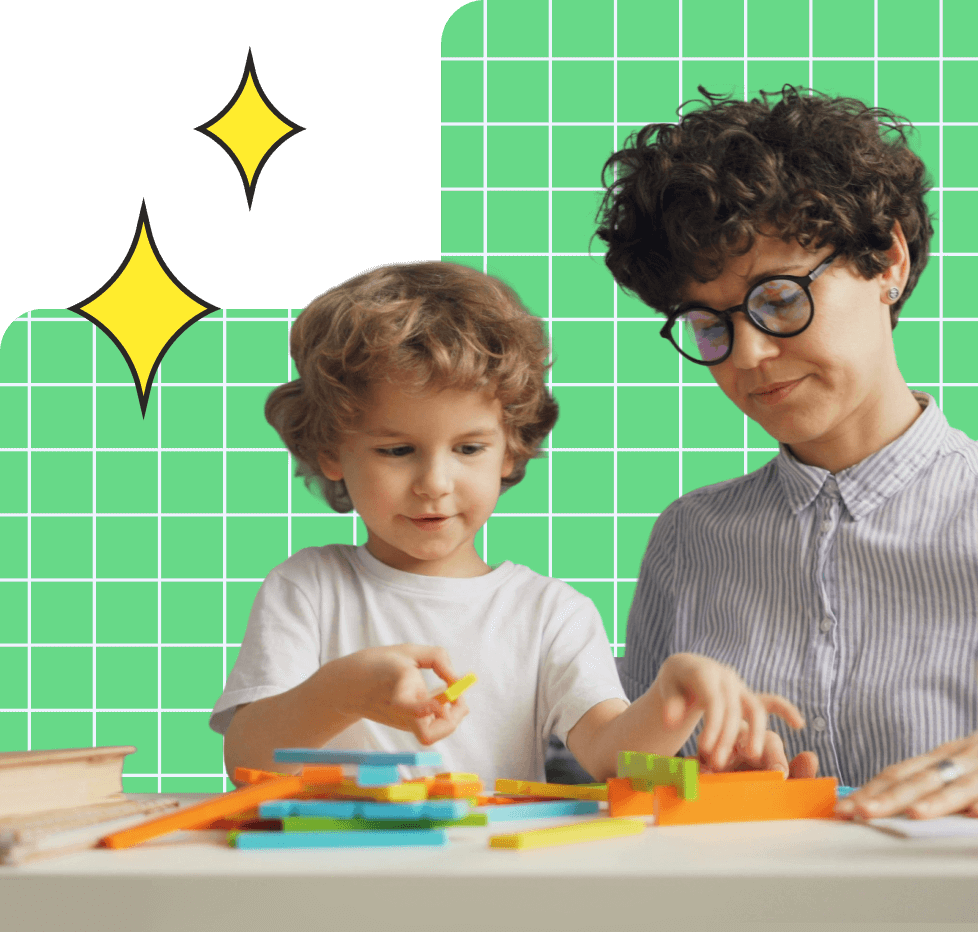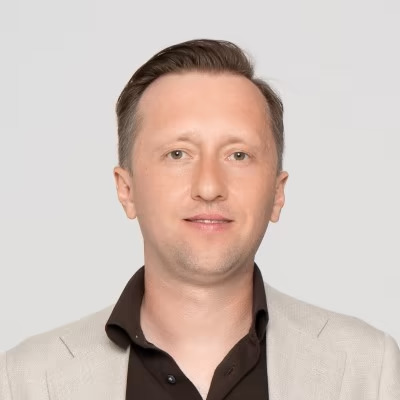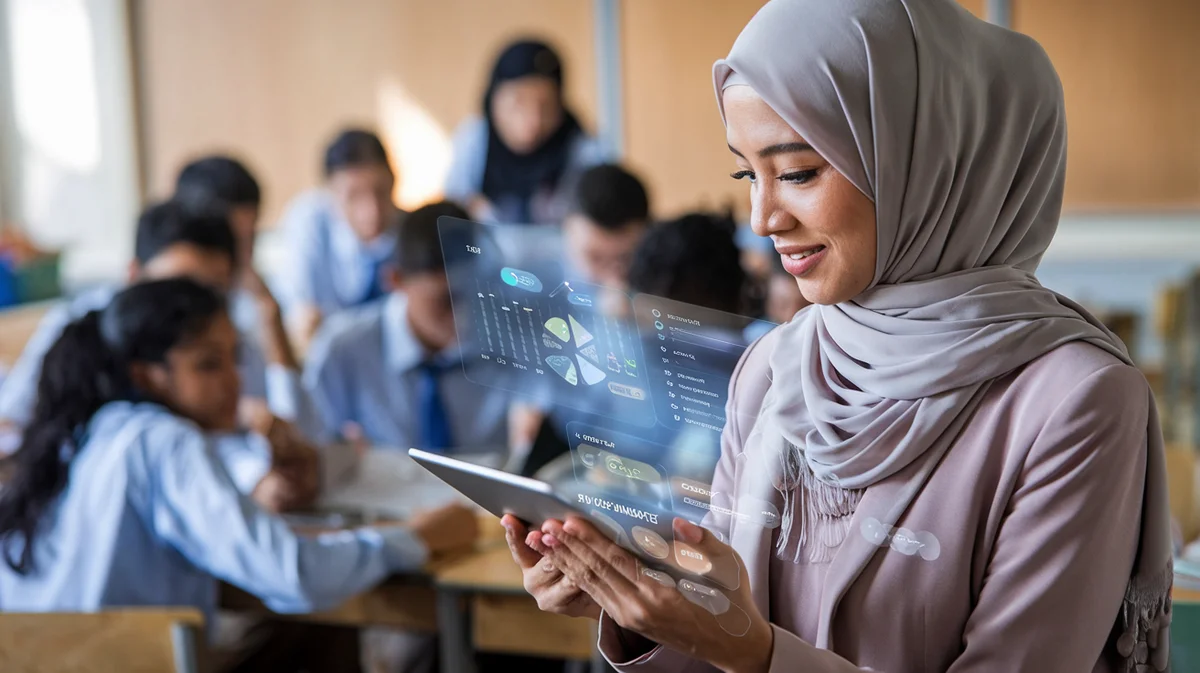The Future of Education: Insights from Gess Dubai 2020


Facebook.com/GESSDubaiAugmented and virtual reality, robotization and automation, distance learning, and the Internet of Things – are just a few of the concepts shaping the modern approach to education. Traditional education is undergoing significant transformations, which become evident when attending specialized exhibitions like GESS Dubai 2020.
From February 25 to 27, Dubai hosted the international education exhibition GESS Dubai 2020, which brought together more than 12,000 representatives of the education industry and 500 specialized companies from 70 countries, including several from Ukraine.
Mykhailo Kalitkin
, the co-founder of
UNOWA
, a company that develops educational technologies and participated in the exhibition, shared his insights, discoveries, and thoughts on the future challenges and prospects of Ukrainian and global education.Picture yourself in a large pavilion of an international exhibition. You're surrounded by innovative educational methods and tools from dozens of countries, many robots and automated systems, VR technologies, interactive whiteboards, walls, and even multimedia floors. Everything is dazzling and designed to impress.After interacting with the participants and guests of the exhibition, several key insights and trends emerged:
Demand for a systematic approach
Many products and tools showcased at the exhibition can only assist teachers in a single lesson or task. There was a lack of companies providing comprehensive material and methodological solutions for studying one subject for at least one academic year. Teachers worldwide are seeking systematic STEAM (Science, Technology, Engineering, Arts, and Mathematics) products that offer complete solutions for conducting multiple studies throughout a semester.
The need for inclusive education solutions
Teachers from the Arab world and Africa showed great interest in inclusive education. Their schools, both public and private, have many inclusive classes. However, comprehensive inclusive education systems are not widely available, and teachers often have to create their own solutions. Stands with the label "Inclusion" attracted significant attention from participants.
Integrating traditional and digital solutions
Combining software and hardware solutions for Ukrainian educational products was a logical progression but surprised foreign consumers.
Blending animation, digital measuring devices, and didactic materials in an educational solution that engages primary school students in STEAM education meets the curricula and needs of other countries.
Presentation vs. demonstration
Developing digital products, such as measuring sensors, requires considerable effort and numerous tests. Many participating companies simply displayed their sensors as props in boxes without demonstrating their practical applications.
Exhibitors should consider showcasing their products in action, as there are many experiments that can demonstrate the operation of measuring devices.
The inertia of disciplines vs. technological didactics
The standards of global and national education tend to be somewhat inert. Although exact disciplines don't change teaching methods as quickly as related technologies do, teachers need to know how to use these technologies to explain natural laws clearly. VR technologies can provide engaging visual experiences, but didactic materials are essential for truly understanding the subject matter. Didactics allows students to interact with a phenomenon and use it as a tool for game-based learning, capturing and retaining their attention.Based on the products, presentation methods, and overall visitor engagement, two significant trends in education have begun to gain traction:
Simplicity, clarity, and playfulness in education
Most visitors are teachers seeking simple, accessible, and quickly applicable tools for the education system. Stands featuring didactic materials attracted attention from not only teachers but also business representatives and officials. While complex products like VR technologies are promising, they don't cover the full range of tasks required in the educational process, which should cater to a broad audience and be widely accessible.
Multifunctionality of products
Educational companies are focusing on creating high-quality products that cater to multiple categories simultaneously. For example, consider a training tripod. In addition to being safe and using high-quality components, it must also be suitable for use in various countries, schools, and age groups, thus being multifunctional.Ukraine has promising prospects in terms of international cooperation, as participating in such significant events provides an opportunity to showcase the potential of Ukrainian companies at a new, higher level, where both competition and requirements are stringent. As a result, the Ukrainian education system and specialized companies developing technologies stand to benefit from creating superior products and working with markets that value education more highly.








